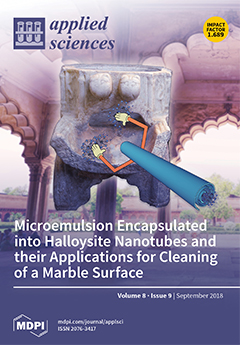Undesirable outputs, such as carbon emissions and loss of property due to traffic accidents, hold great significance for the sustainable development of the transport industry. In this study, we applied a super-efficiency data envelopment analysis model with a slack-based measure (Super-SBM DEA) considering undesirable outputs to measure the integrated transport efficiency (
ITE) of 31 provinces in China during the period of 2009–2016. Following this, we used a spatial autocorrelation model to test and verify the spatial autocorrelation of the
ITEs at the level of the 31 provinces, and further to explore the aggregating features. Finally, considering the spatial effects that emerged, we constructed a
β-convergence model to analyze the convergence characteristics of China’s
ITEs and investigate its conditional factors. The research results show that the average
ITE demonstrated a linear growth trend; the effective decision-making units (the
ITE value was greater than 1) are only 11 provinces, accounting for about 35% by 2016. The mean of
ITEs was also found to present a law of decreasing order of Eastern, Central and Western Zones. However, the Central Zone and Western Zone have a better efficiency improvement trend compared to the Eastern Zone. The Moran’s I index was bigger than zero, indicating that the
ITEs formed a spatial autocorrelation phenomenon. The Moran scatter plots further showed that the provincial
ITEs mainly followed the patterns of high–high, high–low and low–low aggregation. The
ITE of the 31 provinces was found to have a clear absolute
β-convergence and conditional
β-convergence characteristics. Moreover, the level of economic development, household per capita traffic consumption, transport industry scale, technology advancement and transport intensity were all seen to have an important impact on the convergence of integrated transport efficiency. It is hoped that the findings of this study may contribute further insights and practical knowledge to effectively measuring the development level of China’s integrated transport efficiency, and to understanding future changes in the
ITE gap among Chinese provinces.
Full article





